How to clean and degrease kitchen hood filters
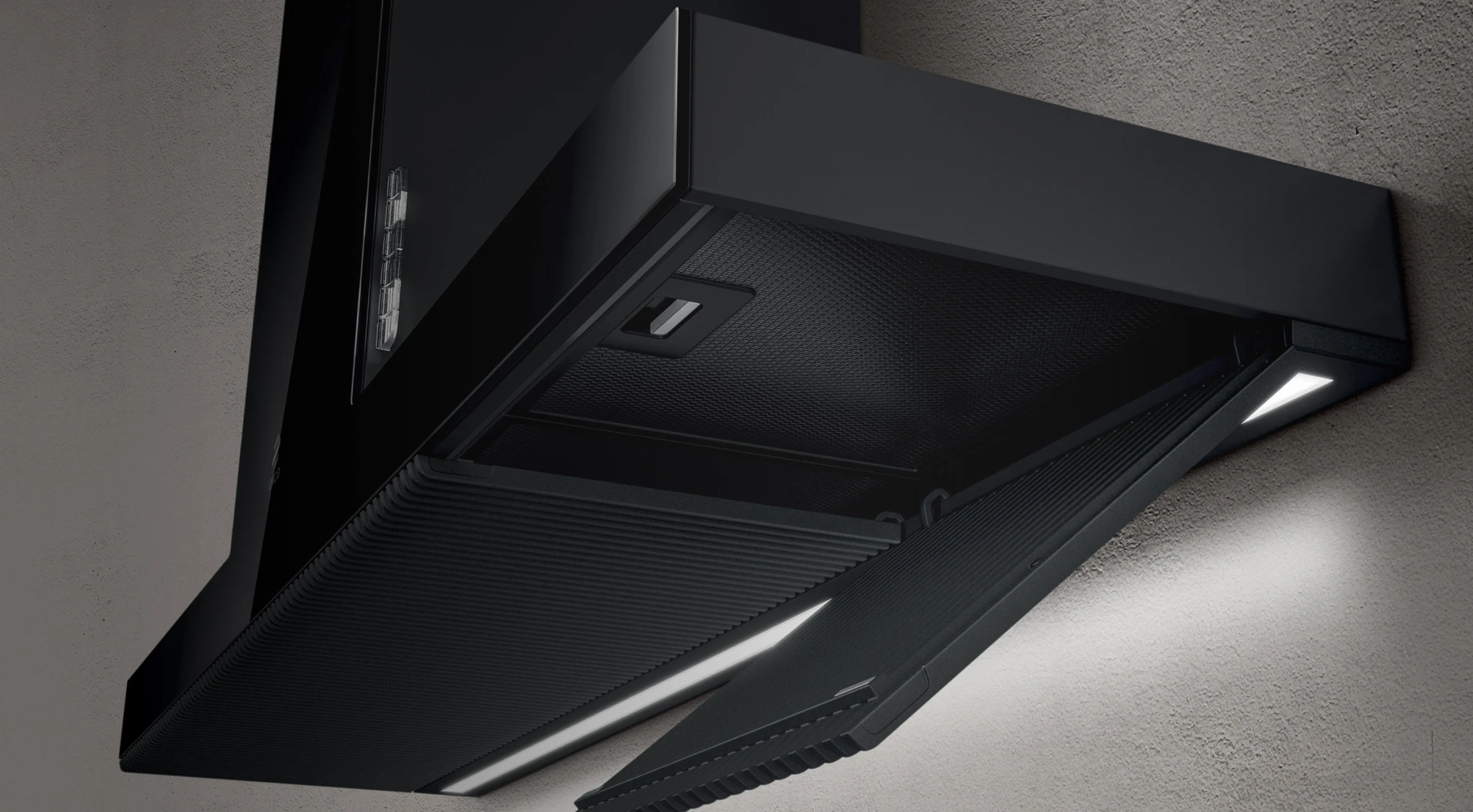
Why is filter maintenance or replacement important?
Regular filter maintenance guarantees:
Comfort
Safety
Efficiency
Hygiene
Grease filter cleaning
There are various types of grease filters, including aluminium filters (the most common), stainless steel filters, steel filters and acrylic filters. The latter, in comparison to the others, must be replaced once every month, while metal filters must be cleaned monthly with gentle detergents, by hand or in the dishwasher at a low temp and short cycle. Dishwasher washing may discolour metal filters; however, this does not affect their filtering characteristics in any way.
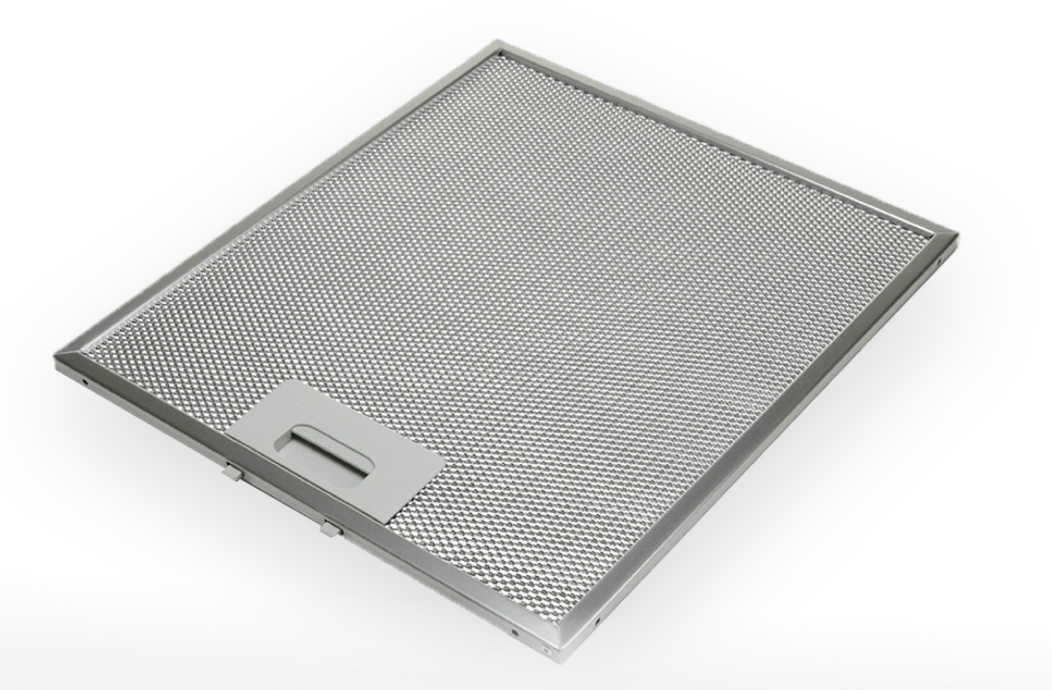
Aluminium grease filters
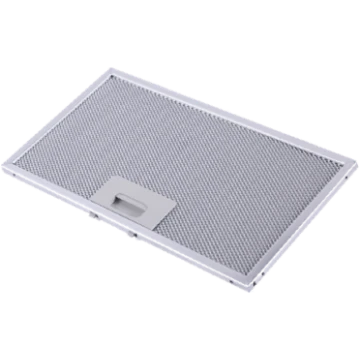
Paper grease filters
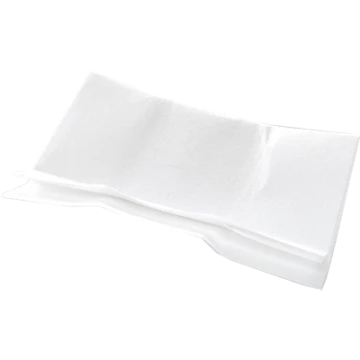
Paper grease filters
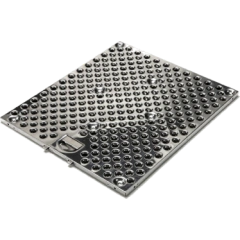
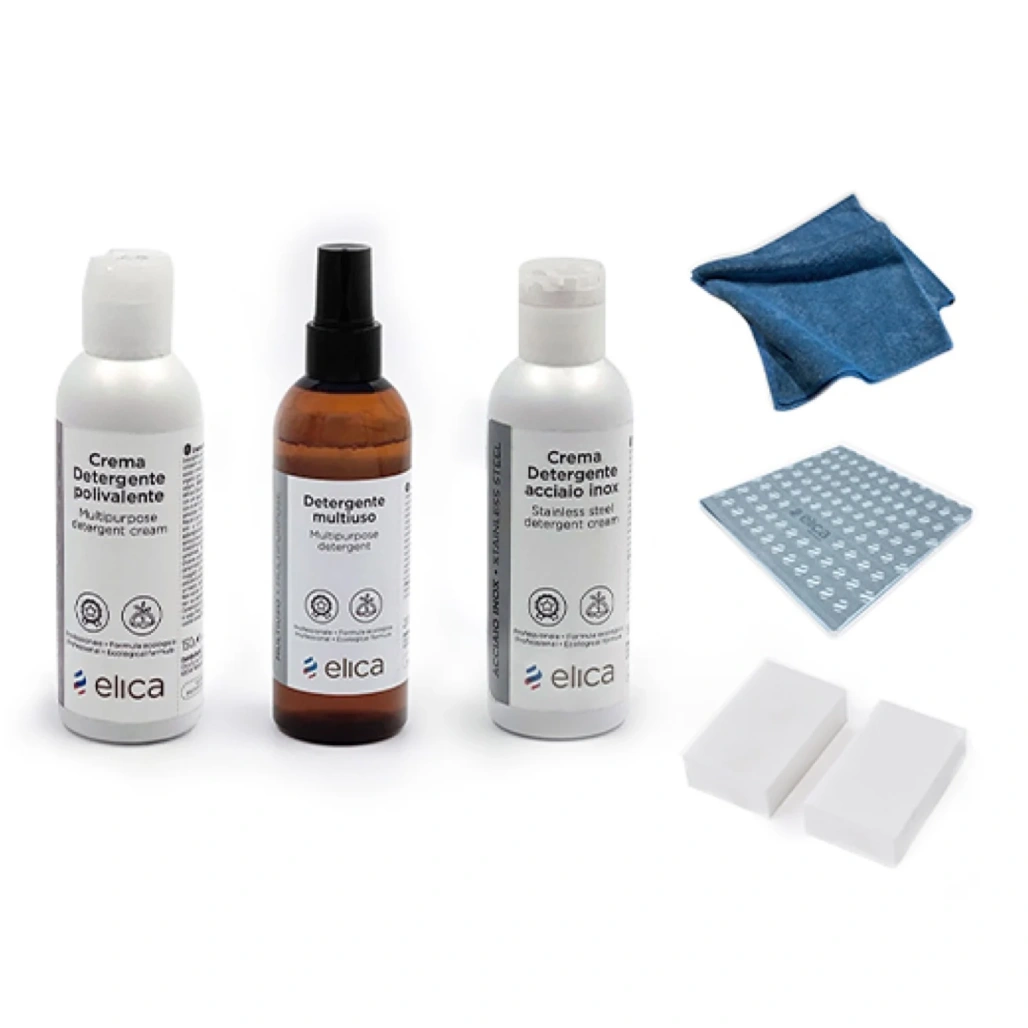
Cleaning detergents
50 years of experience in the production of domestic kitchen hoods has led Elica to create a line of accessories specifically developed to guarantee protection over time, performance and longer durability of your hood. Our cleaning product line includes: a cream detergent for stainless steel, a multi-purpose cream detergent, multi-use detergent, an antibacterial microfiber cloth, a magic sponge and an ultra-micro fibre cloth.
- Do not use utensils or tools for cleaning.
- Do not use alcohol.
- Avoid the use of abrasive products.
Where can I buy detergents?
Charcoal filter maintenance
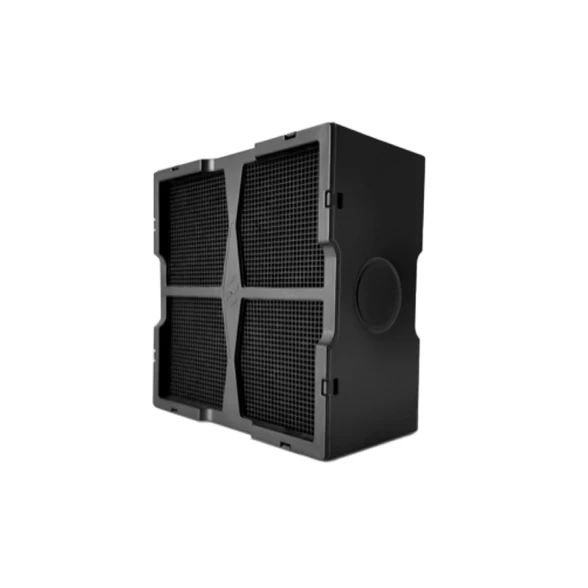
Ceramic filter
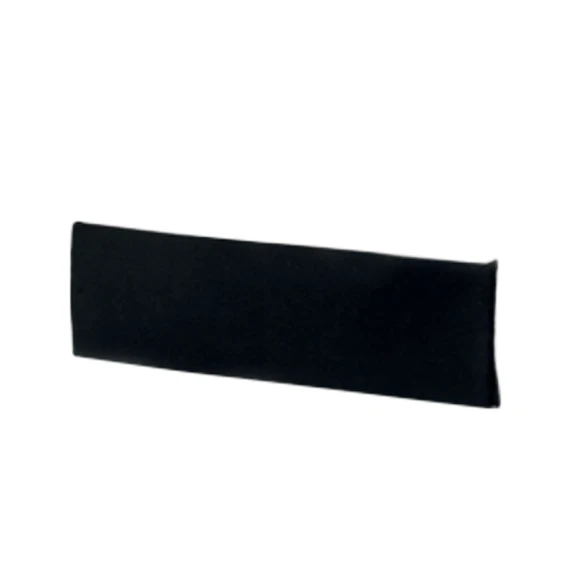
Regenerable (High Performance) charcoal filter
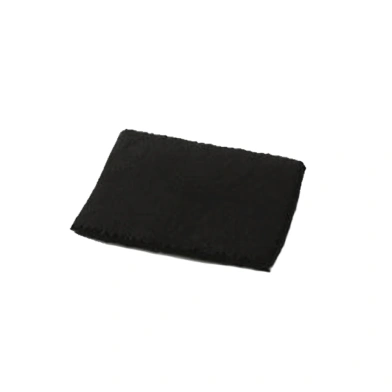
Regenerable charcoal filter
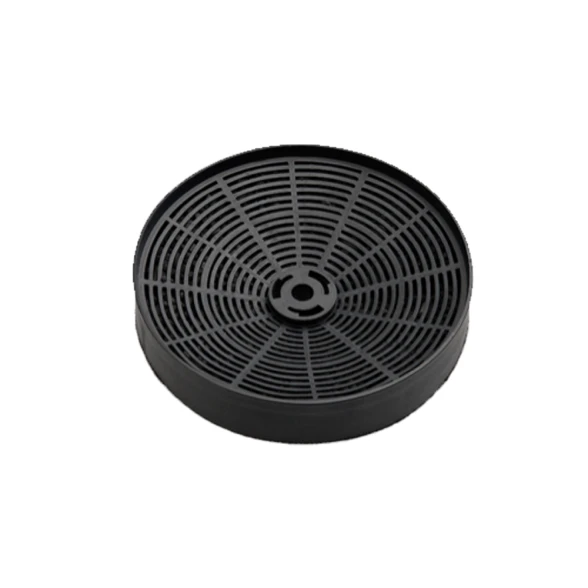
Standard charcoal filter
Where can I buy detergents?
Summary table
| Filter type | Life | Maintenance and cleaning | Filtering efficiency |
|---|---|---|---|
| Ceramic filter | 3-5 years | 2-3 months | 82% |
| Regenerable (High Performance) charcoal filter | 3 years | 2-3 months | 82% |
| Regenerable charcoal filter | 3 years | 2-3 months | 40-60% |
| Standard charcoal filter | 3-6 months | No | 40-50% |